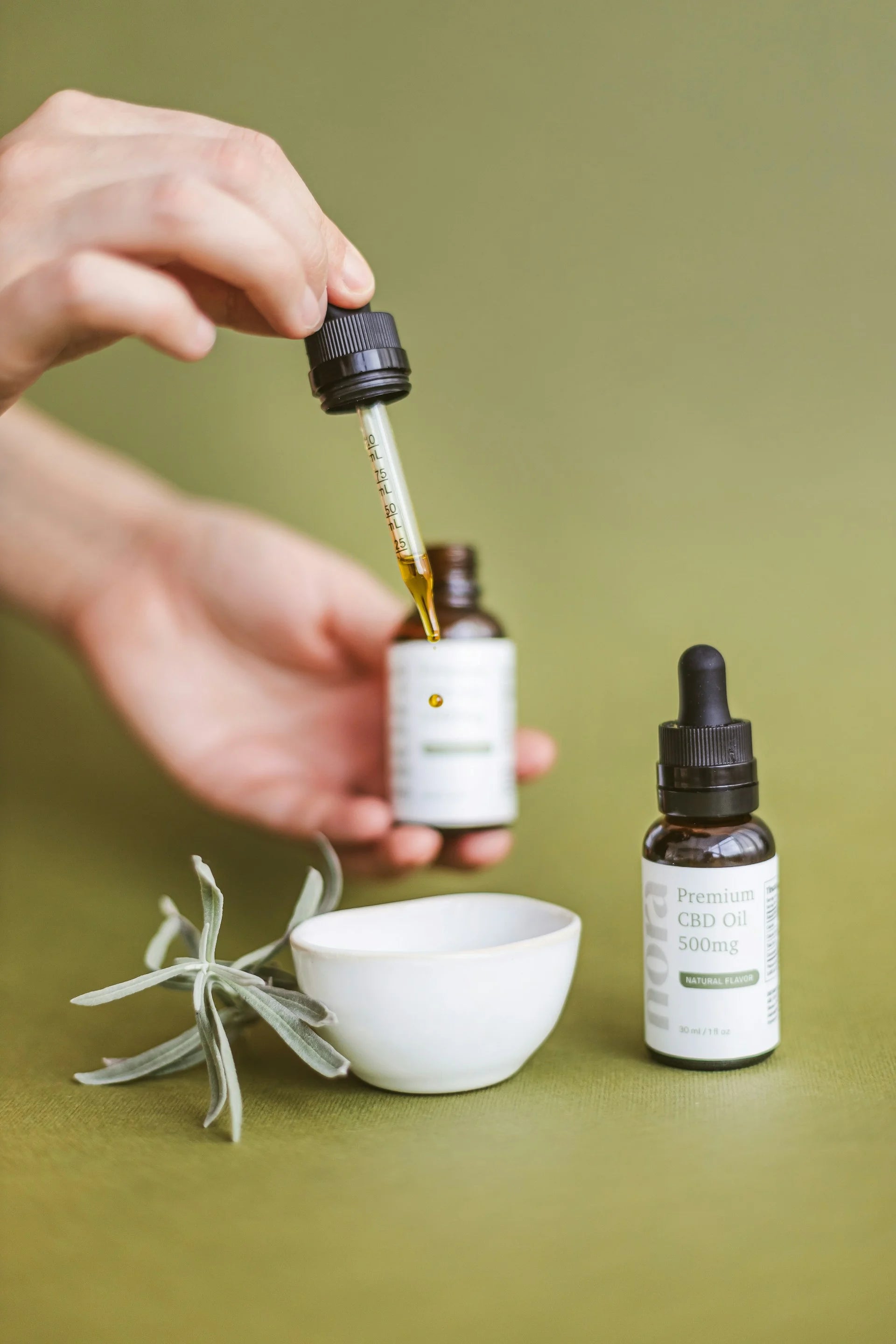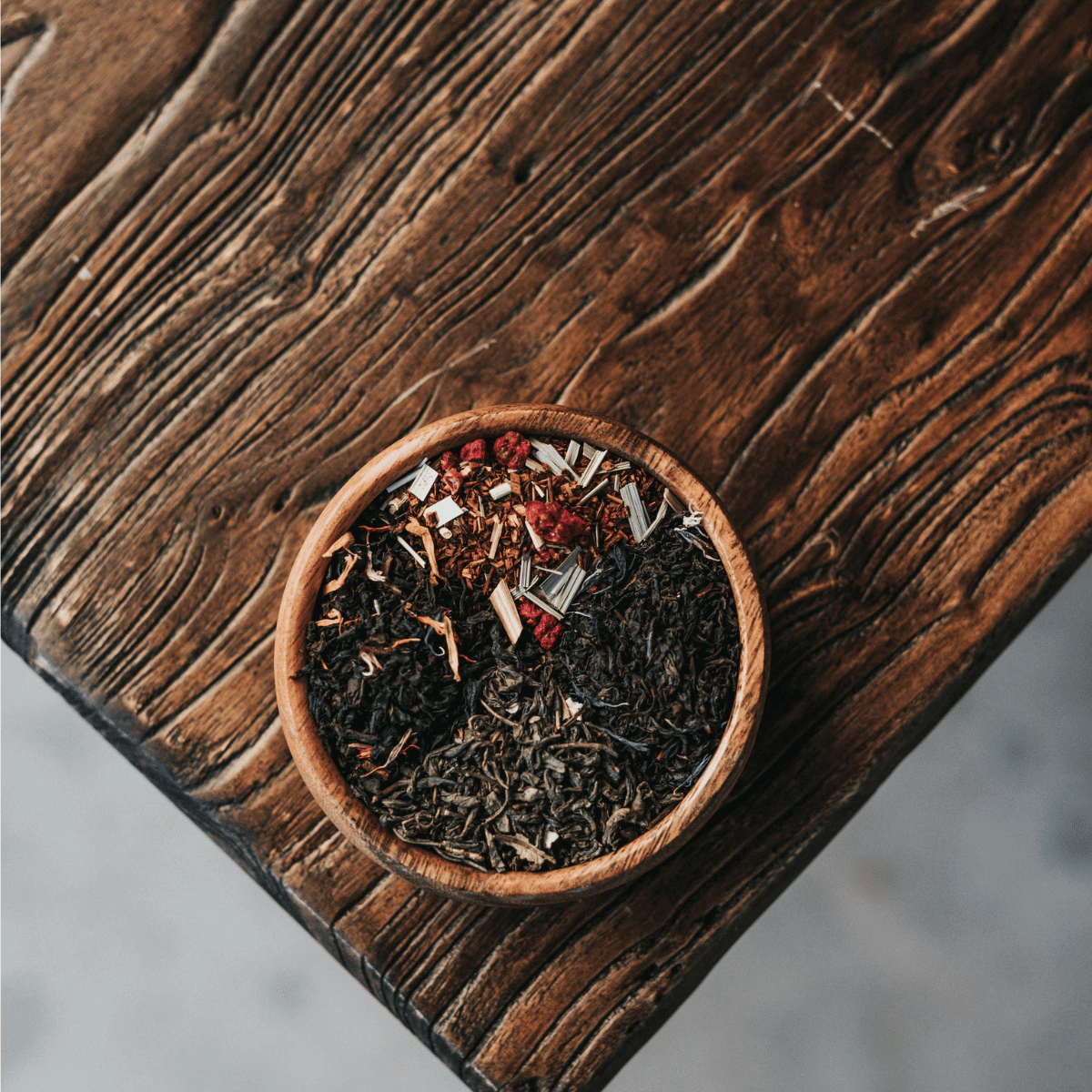Can I smoke flowers?
It’s a question that’s been asked for centuries: can you smoke flowers? The answer, as it turns out, is complicated. While smoking flowers might have been considered safe in the past, we now know many artistic risks are associated with smoking botanical matter. Let’s take a closer look at some of those risks and whether or not smoking flowers is right for you.
What are smoking flowers?
Smoking flowers refers to the act of smoking dried flower petals or entire dried flowers. This practice is most commonly associated with the use of cannabis, but other flowers can be smoked as well. People who smoke flowers typically do so for the purpose of getting high, as the THC in cannabis can have psychoactive effects. However, some people also smoke flowers for the purpose of relaxation or to reduce stress.
What is the history of smoking flowers?

The practice of smoking flowers is thought to date back centuries. In fact, some historians believe that the first recorded instance of smoking flowers took place in the year 2737 BC. This was when Chinese Emperor Shen Nung allegedly discovered the medicinal benefits of cannabis and began smoking the plant for relief from pain.
Smoking flowers became increasingly popular in the West during the early 20th century. This was partly due to the rise of cannabis smoking and the popularity of tobacco smoking. Flower smoking fell out of favor in the mid-20th century, however, as cigarettes became the preferred method of smoking vaporizer for many people.
What are the benefits of smoking flowers?
There are a number of potential health benefits associated with smoking flowers. For example, some people believe that smoking flowers can help to relieve stress and anxiety. Additionally, smoking particular flowers like chamomile or lavender is thought to promote relaxation. Finally, smoking flowers is also said to help improve concentration and focus. They are considered good for your wellness. Some people also think that smoking flowers helps ease the patients of breast cancer. With that said, no scientific evidence can prove those claims yet.
Is smoking flowers an alternative to smoking tobacco?
While smoking flowers and smoking tobacco are both associated with risks to your health, some people believe that smoking flowers are a safer alternative. This is because tobacco smoke contains high levels of nicotine, which is addictive and can potentially be harmful to your health. In contrast, the level of THC in cannabis is relatively low, meaning that it is less likely to be addictive or harmful to your health. However, we do need to reiterate that smoking anything is harmful to your health, whether it is flowers or anything else.
Are there some flowers better to smoke than others?
Some flowers are thought to be better for smoking than others. For example, chamomile and lavender are both considered to be relatively safe for smoking. Additionally, these flowers are said to promote relaxation and may help to relieve stress and anxiety. In contrast, tobacco and cannabis are both associated with risks to your health and should be avoided if possible.
What are the flowers you can smoke?
There are a number of different flowers that you can smoke. Some of the smoking flowers are:
What are the flowers you can’t smoke?

Photo by Nataliya Vaitkevich from Pexels
Not all flowers are safe to smoke. In fact, some flowers can be toxic if inhaled. These include, but are not limited to:
- Oleander
- Azalea
- Foxglove
- Lily of the valley
- Delphinium
What are the risks of smoking flowers?
There are a number of risks associated with smoking flowers. These include, but are not limited to:
- Coughing
- Wheezing
- Shortness of breath
- Nausea and vomiting
- Lightheadedness or dizziness
- Memory problems
- Anxiety and paranoia
Additionally, smoking flowers can also lead to problems with your teeth and gums. This is because the smoke from flowers can cause tooth decay and gum disease.
Are there some toxic flowers?

Photo by paul wence
Yes, some toxic flowers are out there that you should not smoke. These include oleander, daffodil, lily of the valley, rhododendron, and azalea. Smoking any of these flowers can potentially be very harmful or even lethal. So it is best just to avoid smoking them altogether.
There are, however, some flowers that people do smoke on occasion with no ill effects. These include chamomile, lavender, and jasmine. So if you're looking to try smoking a flower, these might be safer options for you to consider. You can get the safe options from a dispensary.
Can you smoke flowers alone?
While there are some flowers that people do smoke and vape on their own, it is generally not considered to be a very good idea. This is because the vast majority of flowers do not contain enough psychoactive chemicals to produce any noticeable effects when smoked. So unless you know for sure that the flower you're smoking contains significant levels of psychoactive compounds, it's probably not worth the risk they are not the same as cbd.
It is also important to note that smoking flowers can be extremely unpleasant due to their often bitter taste and harsh smoke. So, if you decide to smoke flowers, be prepared for an unpleasant experience. Otherwise, you can still smoke flowers mixed with other dried herbs or in herbal blends.
What are the best herbs to blend with flowers?
If you're looking to smoke flowers for relaxation or insomnia, blending them with other herbs can help improve the taste and effects. Some good herbs to blend with flowers include chamomile, lavender, hops, mugwort, Maverick, mullein, peppermint, cannabis plant and valerian root. Simply mix these herbs together in a dry form and then smoke them as you would any other herbal blend.

Photo by cottonbro
Keep in mind that smoking any substance, whether flowers or something else, can harm your health. So it's always best to consult with a doctor before smoking anything, just to be on the safe side. Also make sure that you are doing safe dosing.
Does adding flowers to weed enhance the flavor?
Many people find that adding flowers to their smoking weed can help to enhance the flavor and smell. This is because the flowers contain essential oils which are released when smoked, giving the weed a more potent smell and taste. However, it's important to note that not all flowers will enhance the flavor of your weed. In fact, some may actually make it taste worse. So it's best to experiment with different types of flowers to see which ones you like the best.
So basically, can I smoke flowers?
Yes, you can smoke some flowers without any adverse effects. However, it is important to note that not all flowers are safe to smoke, and some can even be toxic. So it's always best to consult with a doctor or other medical professional before smoking any type of flower, and still keep in mind that smoking anything is harmful to your health.
And there you have it! Now you know everything about smoking flowers.
*This article is not to be interpreted as a statement of any form by Spliff but merely a compendium of information compiled from other sources. These statements have not been evaluated by Health Canada, FDA or any other regulatory body. Consult your doctor before ingesting or smoking any herbal product.*
WANNA LEARN MORE ABOUT FLOWERS? BROWSE OUR SOURCES BELOW!
Takahashi, J. A., Rezende, F. A. G. G., Moura, M. A. F., Dominguete, L. C. B., & Sande, D. (2020). Edible flowers: Bioactive profile and its potential to be used in food development. Food Research International, 129, 108868. https://doi.org/10.1016/j.foodres.2019.108868
Matyjaszczyk, E., & Śmiechowska, M. (2019). Edible flowers. Benefits and risks pertaining to their consumption. Trends in Food Science & Technology, 91, 670–674. https://doi.org/10.1016/j.tifs.2019.07.017
Kaufman, A. R., Twesten, J. E., Suls, J., McCaul, K. D., Ostroff, J. S., Ferrer, R. A., Brewer, N. T., Cameron, L. D., Halpern-Felsher, B., Hay, J. L., Park, E. R., Peters, E., Strong, D. R., Waters, E. A., Weinstein, N. D., Windschitl, P. D., & Klein, W. M. P. (2019). Measuring Cigarette Smoking Risk Perceptions. Nicotine & Tobacco Research, 22(11), 1937–1945. https://doi.org/10.1093/ntr/ntz213
Hecht, S. S. (2006). Cigarette smoking: cancer risks, carcinogens, and mechanisms. Langenbeck’s Archives of Surgery, 391(6), 603–613. https://doi.org/10.1007/s00423-006-0111-z
Tseng, T.-H. ., Kao, E.-S. ., Chu, C.-Y. ., Chou, F.-P. ., Lin Wu, H.-W. ., & Wang, C.-J. . (1997). Protective effects of dried flower extracts of Hibiscus sabdariffa L. against oxidative stress in rat primary hepatocytes. Food and Chemical Toxicology, 35(12), 1159–1164. https://doi.org/10.1016/s0278-6915(97)85468-3






Leave a comment
All comments are moderated before being published.
This site is protected by reCAPTCHA and the Google Privacy Policy and Terms of Service apply.